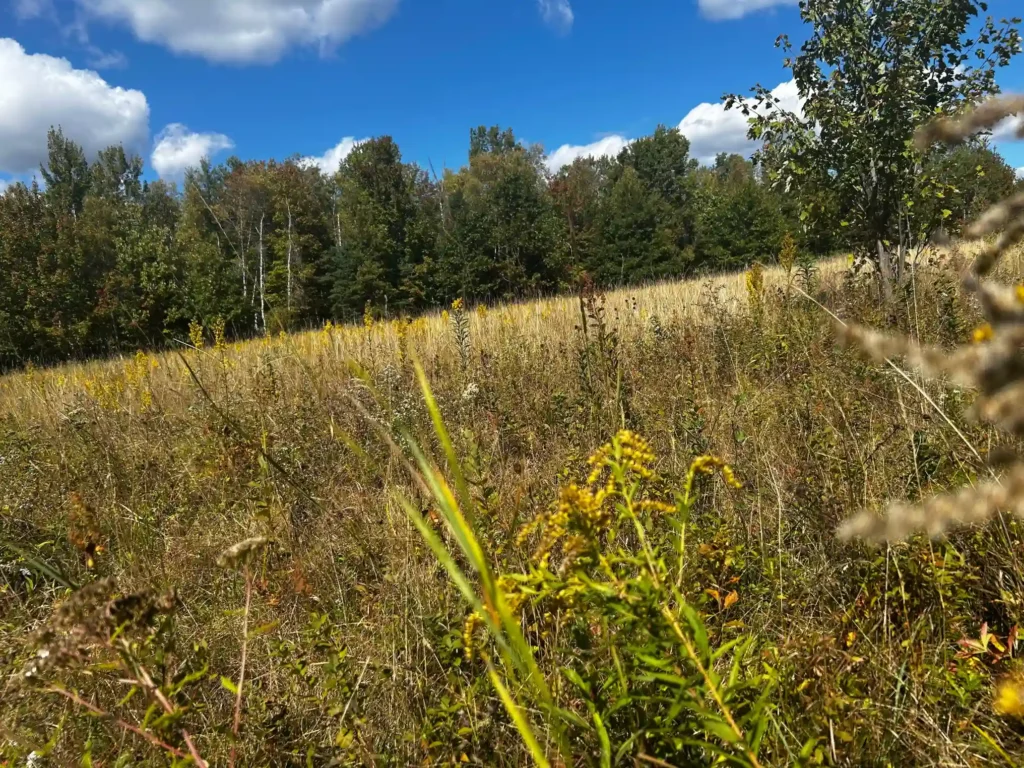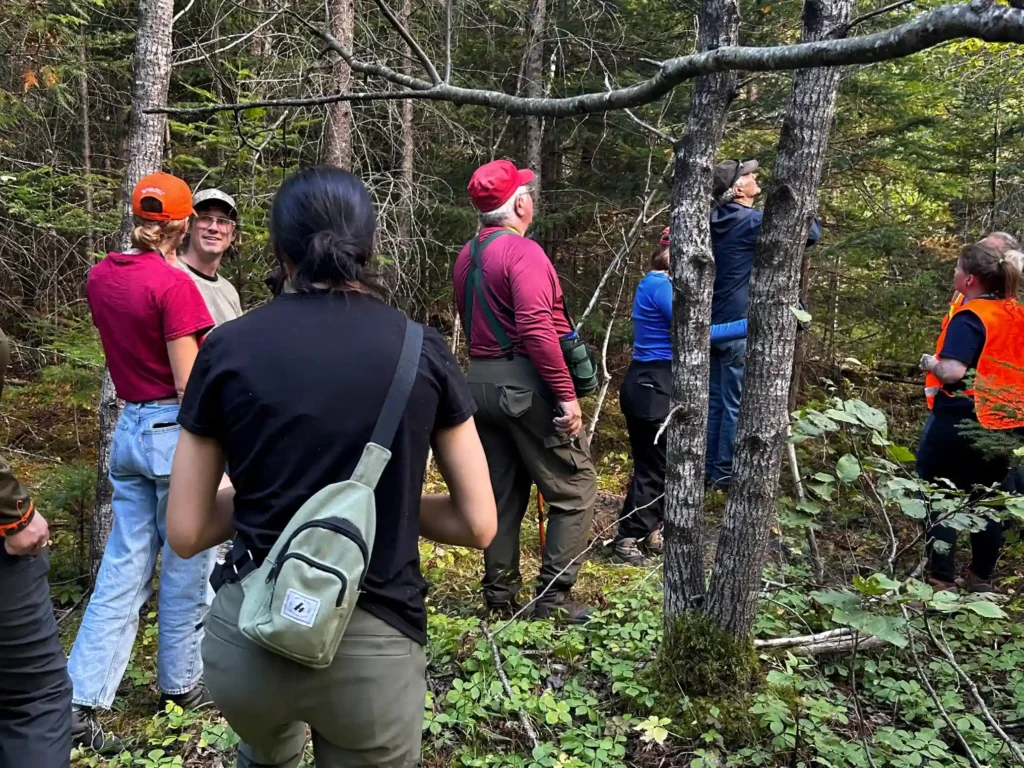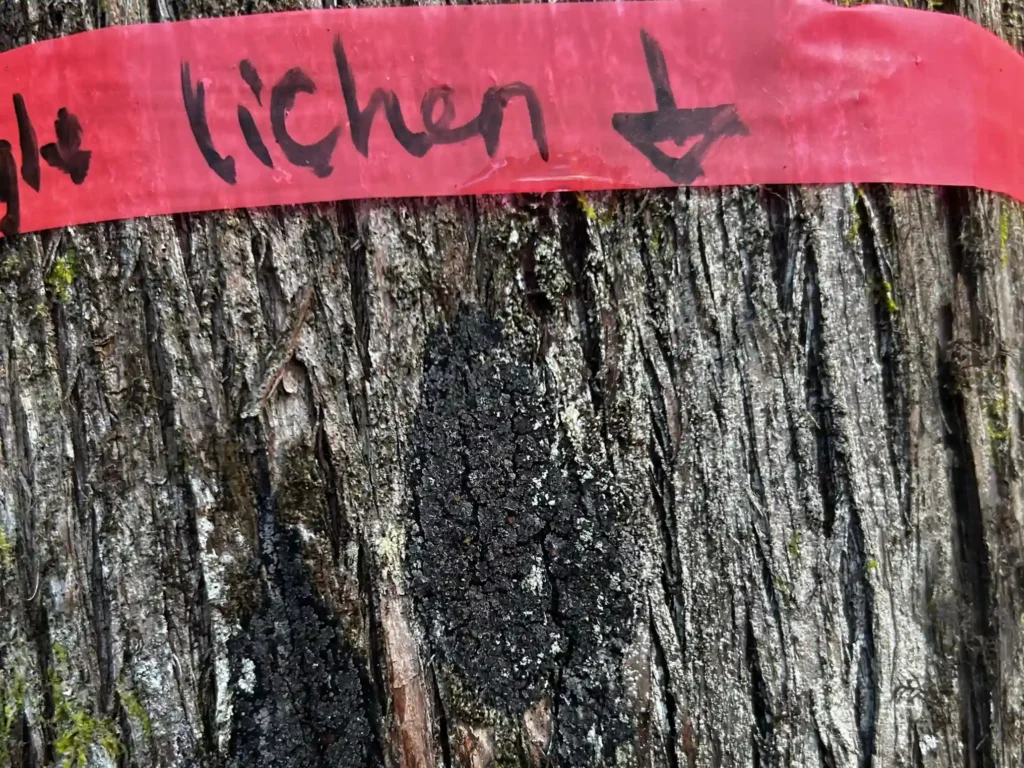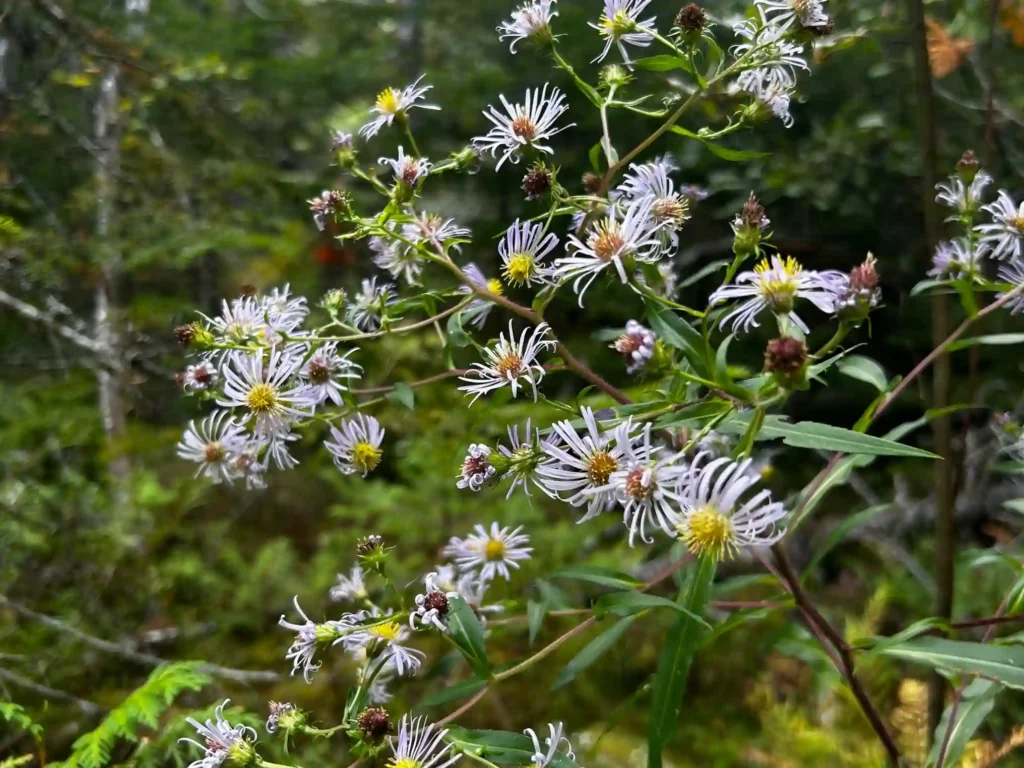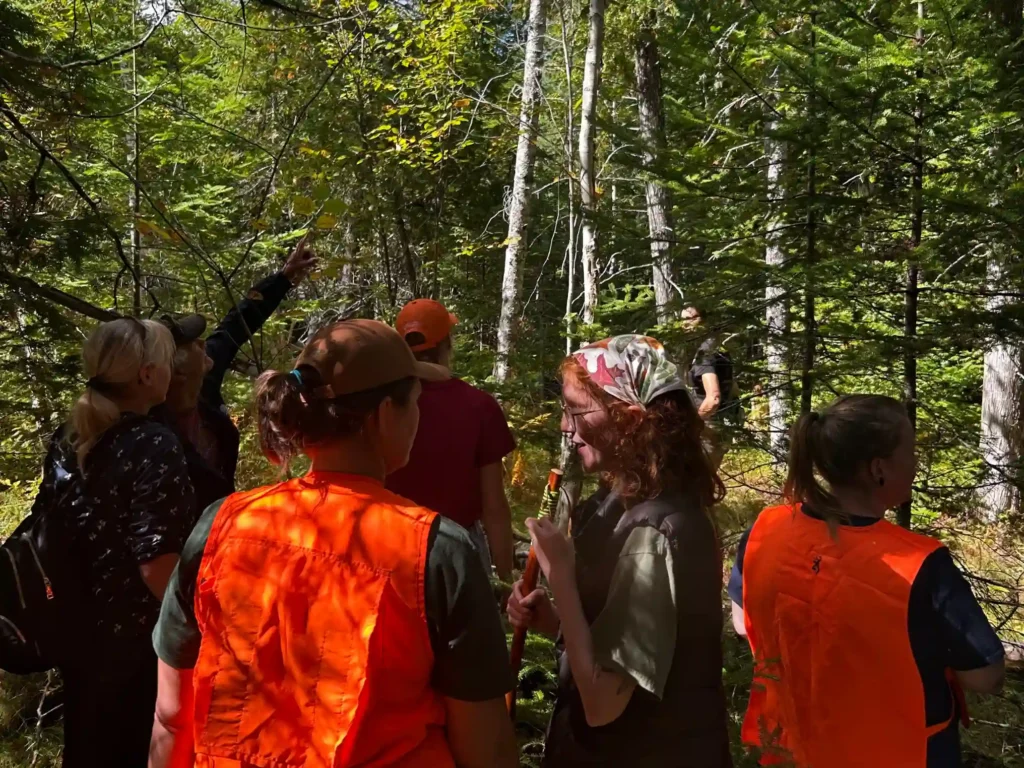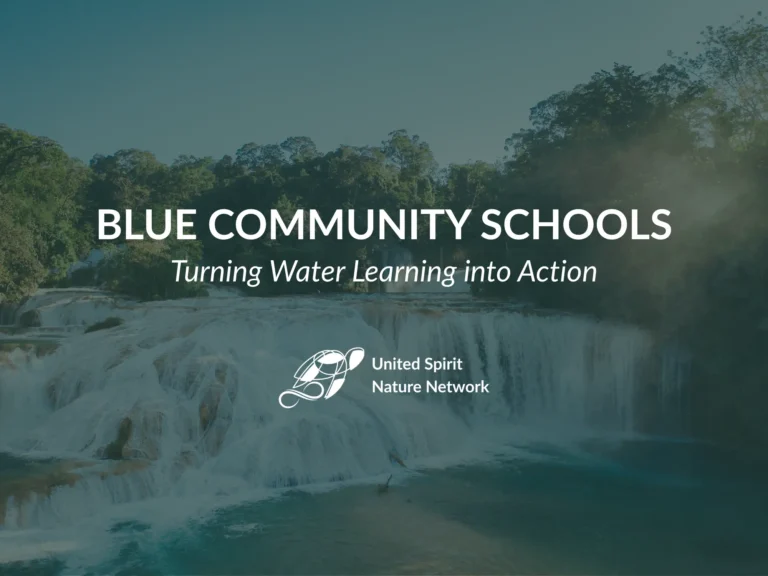By: Sama AlMaarofi, United Spirit Nature Network (USNN)
September 19, 2025 – Peskotomuhkati Territory, St. Stephen, NB
It was a beautiful morning to begin a journey that felt less like attending a workshop and more like returning home. The Forested Wetlands Workshop, organized by the nature Trust of New Brunswick was held at the Peskotomuhkati Recognition Group office in St. Stephen. As a wetland restoration specialist, I felt an instant pull to be there, not only for science but for the spirit of the land that awaited our attention.
For me, wetlands are not merely ecosystems, they are living memories. Their still waters and whispering reeds always bring me back to my homeland, the Mesopotamian Marshes, where life and land flow as one. The marshes of my youth and the forested wetlands of Wabanaki share a sacred rhythm: they breathe life into their people, cradle biodiversity, and hold stories older than we can imagine.

The Morning of Knowing
The event opened with a series of insightful presentations that laid the foundation for understanding forested wetlands, their types, values, and functions. Speakers highlighted the crucial role of landowners in protecting these spaces and spoke passionately about species at risk, such as Black Ash and sensitive lichens, urging everyone to think deeply before altering these delicate habitats.
There was also a powerful discussion on carbon storage, reminding us that wetlands are the lungs of the Earth, quiet custodians of the carbon that fuels our modern world. I was captivated by how science has begun to quantify what Indigenous and local communities have always known: that the balance of life depends on what we choose to protect.
When Spirit Speaks Through Story
Yet, among all the enlightening talks, one presentation rooted itself deep in my heart, Donald Soctomah’s “The Land and Water of the Peskotomuhkati.”
Through stories, photos, and archival documents, Donald transported us into the living relationship between people, land, and water. His words did not inform, they transformed. He spoke of canoes and beavers, of hunters and reeds, of the shared breath that unites all beings in a cycle of reciprocity.
As he spoke, I felt something awaken inside me, the same warmth I feel when I stand before the waters of my ancestral marshes. I paused, allowing myself a moment to listen deeply. Why did this presentation move me differently than the others?
The answer came softly, almost like the hum of wind across cattails: “Because he spoke the language of life, not of data, but of belonging.”
There is a difference between sharing knowledge and sharing life. Science informs the mind; story awakens the soul. When we combine the two, we find balance, a Two-Eyed Seeing that honours both ways of knowing.
Walking on Sacred Ground
After the morning of presentations, we were invited outdoors to let our feet and senses follow where our hearts had already gone. The group visited a forested wetland owned by one of the participating landowners, who has been collaborating with the Nature Trust of New Brunswick through their Species at Risk Project.
The landowner graciously welcomed us and shared his story, a story of responsibility and care for 110 acres of diverse habitat where the land itself speaks in many voices. As we walked, we were encouraged to spot a few of the endangered lichen species that make their home there. With each step, we exchanged stories, experiences, and insight, not in the language of a classroom, but in the rhythm of shared curiosity.
The afternoon unfolded in quiet beauty, a gentle reminder that learning does not always happen indoors. Between the whispering trees and moss-covered roots, conversations flowed naturally about stewardship, hope, and the meaning of belonging to land.
It was not just an educational tour; it was a living exchange, knowledge carried through eyes, touch, and the pulse of the forest floor.
Moments of Reflection
When the day slowed into reflection, I found myself holding a few questions close to my heart:
- Where is the connection of life when we teach and represent knowledge?
- How can we restore the spirit within science, allowing it to live and grow inside us as a lived experience, not just information?
- How might we enrich our language so that the word “conservation” includes not only data and management but also spirit and reciprocity?
These are not simple questions — but they are the ones that lead us home. They remind us that conservation is not just technical work; it is an act of relationship and a renewal of gratitude.
Carrying the Responsibility Forward
As the day came to an end, a recurring question arose among participants: What happens next? Who will care for these lands after us?
Their words echoed like a drumbeat, a reminder that we, as environmental leaders, educators, and citizens, carry a shared responsibility to ensure continuity and care.
At the United Spirit Nature Network (USNN), we believe that true conservation begins within the human spirit. Through our programs, we strive to foster the meaning of life through science, helping individuals not only learn about nature but feel it, listen to it, and live it.
Whether someone becomes an environmental professional or simply a more mindful citizen, our mission is to nurture a living connection that resists the temptation to exploit and instead embraces stewardship and gratitude.
Returning to the Source
As I left St. Stephen that evening, I carried with me not only notes and photographs but a deeper awareness that every wetland, every forest, and every stream holds a story that longs to be heard.
The stories told that day, scientific and spiritual alike, wove together into one truth:
“When we remember that land, water, and spirit are not separate, we begin to heal.”
Wetlands are not only habitats; they are teachers. They remind us to slow down, to listen, to breathe. They hold our past, protect our present, and promise a future — if we choose to walk gently.
Closing Words
May we all learn to see as the wetlands see to hold both reflection and depth, both science and story, both data and dream. And may every act of conservation carry the heartbeat of the Earth within it. Because when we protect wetlands, we are not just preserving land we are preserving life itself.


